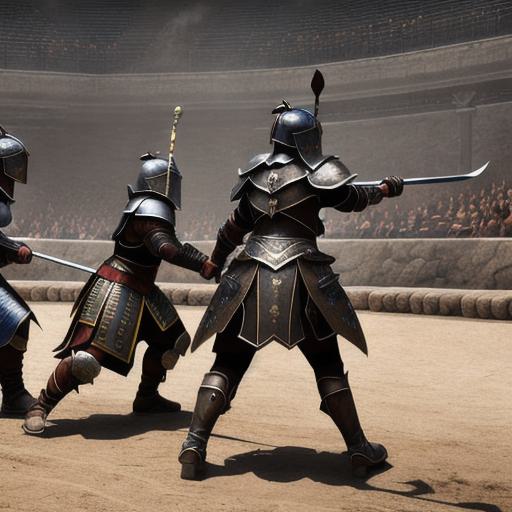In recent years, Unity has become one of the most popular game engines in the world. Its powerful graphics engine and user-friendly interface have made it a top choice for developers of all levels. One of the key features of Unity is its support for shader development, which allows developers to create custom visual effects and add unique elements to their games.
If you’re a developer looking to get started with Unity shader development, this guide will walk you through everything you need to know. From understanding the basics of shaders to creating your own custom shader effects, we’ll cover it all in this comprehensive guide.
Understanding Shaders: The Basics
Before diving into shader development, it’s important to understand what a shader is and how it works. A shader is a program that runs on the graphics card and controls how an object or surface is rendered in a scene. Shaders can be used to add lighting effects, texture effects, and more.
In Unity, shaders are written using the HLSL (High-Level Shading Language) and are compiled into a low-level program that runs on the graphics card. This allows for fast rendering of complex visual effects.
Getting Started with Unity Shader Development
Now that you have a basic understanding of shaders, let’s take a look at how to get started with Unity shader development.
- Install the necessary tools: The first step is to install the necessary tools for shader development. This includes the Shader Graph and Visual Studio.
- Learn the basics of shader programming: Once you have installed the necessary tools, it’s time to learn the basics of shader programming. This includes learning about HLSL, shader nodes, and how to write shaders using CGPROGRAM.
- Experiment with existing shaders: Unity comes with a number of built-in shaders that you can use as a starting point for your own shader development. Take some time to experiment with these shaders and see how they work.
- Create your own custom shader effects: Once you have a good understanding of the basics, it’s time to start creating your own custom shader effects. This can include things like particle effects, lighting effects, and more.
- Optimize your shaders for performance: As you develop your shaders, it’s important to optimize them for performance. This includes reducing the number of draw calls, minimizing texture fetches, and using optimized algorithms.
Case Study: Unity Shader Development in Action
Let’s take a look at an example of Unity shader development in action.
Suppose you want to create a custom particle effect for your game. You could start by creating a new shader using the Shader Graph and adding nodes for particle emission, velocity control, color grading, and more.
Once you have your shader set up, you can use it in your scene by attaching it to a particle system object. From there, you can tweak the settings of the particle system to achieve the desired effect.
Personal Experience: My Journey with Unity Shader Development
As a developer who has been working with Unity for several years, I’ve had my fair share of experiences with shader development. One of the things that I find most exciting about shader development is the ability to create unique and visually stunning effects that can really enhance the overall look and feel of a game.
One of the challenges of shader development is learning the basics and understanding how to write effective shaders using HLSL. However, once you get past the initial hurdles, it’s incredibly rewarding to see your custom shader effects come to life in a scene.
FAQs: Frequently Asked Questions About Unity Shader Development
- What is a shader in Unity?
A shader is a program that runs on the graphics card and controls how an object or surface is rendered in a scene. - How do I get started with Unity shader development?
To get started with Unity shader development, you’ll need to install the necessary tools, learn the basics of shader programming, experiment with existing shaders, create your own custom shader effects, and optimize your shaders for performance. - What are some common challenges of Unity shader development?

Some common challenges of Unity shader development include learning the basics of HLSL, understanding how to write effective shaders, and optimizing shaders for performance.
